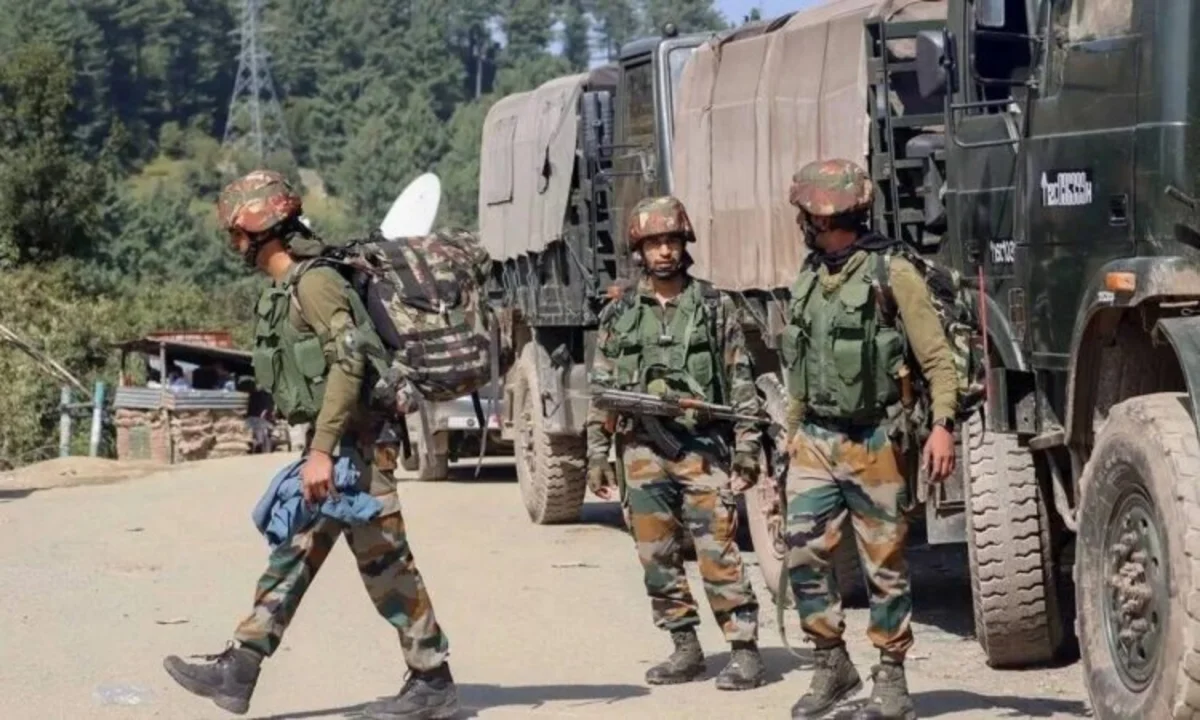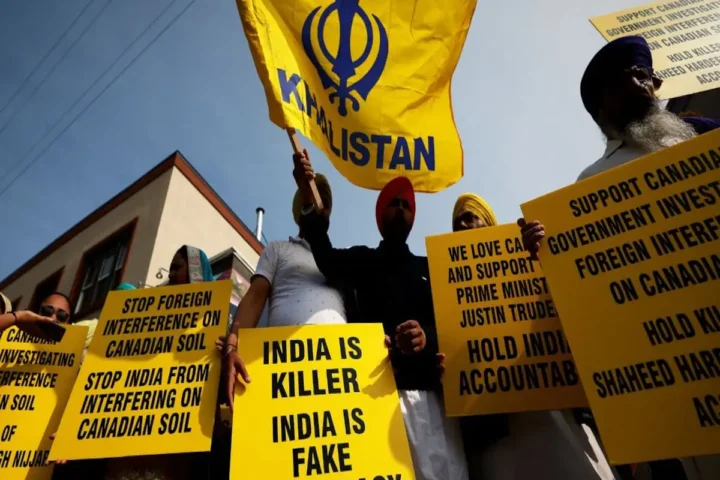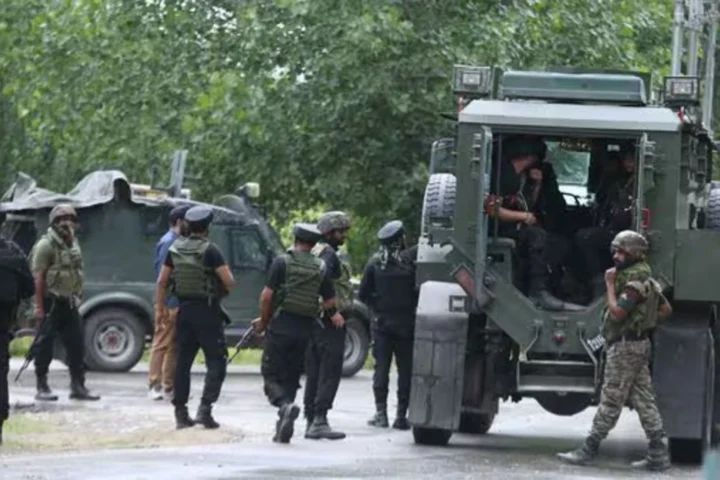The security landscape in Jammu and Kashmir has witnessed a peculiar paradox, with the Rajouri-Poonch belt emerging as a notable anomaly. Despite an overall decline in militancy and fatalities in the region, the frequency of security operations and casualties among security personnel in these districts has raised concerns. This blog aims to explore the multifaceted reasons behind this security anomaly and its implications for the long-term stability of Jammu and Kashmir.
Changing Dynamics of Militancy
The dwindling figures of militancy in Jammu and Kashmir, with a significant decrease in local recruits, seem to align with the political narrative of the BJP, emphasizing the positive impact of scrapping Article 370. However, the Rajouri-Poonch belt challenges this narrative, experiencing back-to-back operations and a surge in security-related fatalities.
Topography as a Vulnerability
The unique topography of the Rajouri-Poonch region, characterized by dense forests and hills, poses challenges to security dominance. Unlike the plateaued Kashmir Valley, this terrain provides opportunities for militants to cross over from the Pakistani side, engage in operations, and retreat to safer zones. Former Director General of J&K Police, Shesh Paul Vaid, emphasizes the vulnerability of this region due to its topographical features.
Motivations Behind Militant Attacks
Security experts suggest that the heavy security presence in Kashmir Valley might be motivating militants to shift their focus to less secure regions like Rajouri and Poonch. Ajay Sahni, Executive Director at the Institute of Conflict Management, points out that terrorists are driven by a primitive logic of causing harm, and the Poonch-Rajouri region has become a new target due to the relative stability achieved in core insurgency areas.
Pakistan’s Role
The Northern Army commander, Lt General Upendra Dwivedi, highlights Pakistan’s attempts to push foreign militants into the region, especially those with military training. The involvement of retired Pakistani army soldiers adds a new dimension to the conflict. The resurgence of older tactics, such as embedding regulars within terrorist ranks, indicates a deliberate strategy to create a security crisis in the Rajouri-Poonch belt.
Communal Tensions and Local Involvement
Attacks on unarmed civilians in the region, like the Dhangri village incident, have the potential to incite communal tensions. While the Rajouri and Poonch areas are Muslim-majority, the scattered distribution of minority communities increases the risk of communalization during such attacks. Local residents often become primary sources of intelligence for security forces, but there are instances of arrests for alleged collaboration with militants.
The Need for Local Recruitment in Security Forces
To counter the evolving threat landscape, there is a call for increased recruitment of local youth as Special Police Officers (SPOs). Their knowledge of the terrain, climate, and local routes can prove invaluable in identifying and apprehending militants hiding in the region.
Winding it up
The security anomaly in the Rajouri-Poonch belt underscores the complexity of the situation in Jammu and Kashmir. While overall trends show improvement, localized challenges demand a nuanced approach. Addressing the specific dynamics of the Rajouri-Poonch region, including topographical vulnerabilities, communal tensions, and the involvement of foreign militants, will be crucial for ensuring sustained peace and security in the Union Territory.







